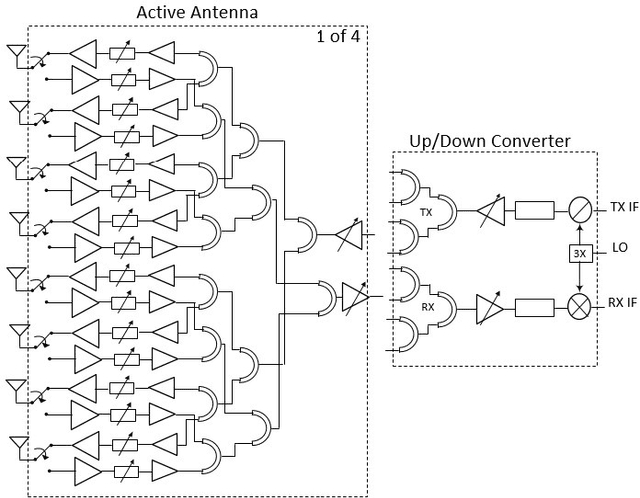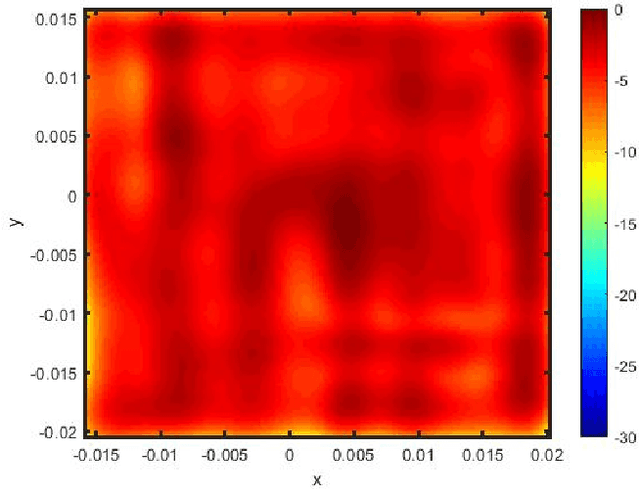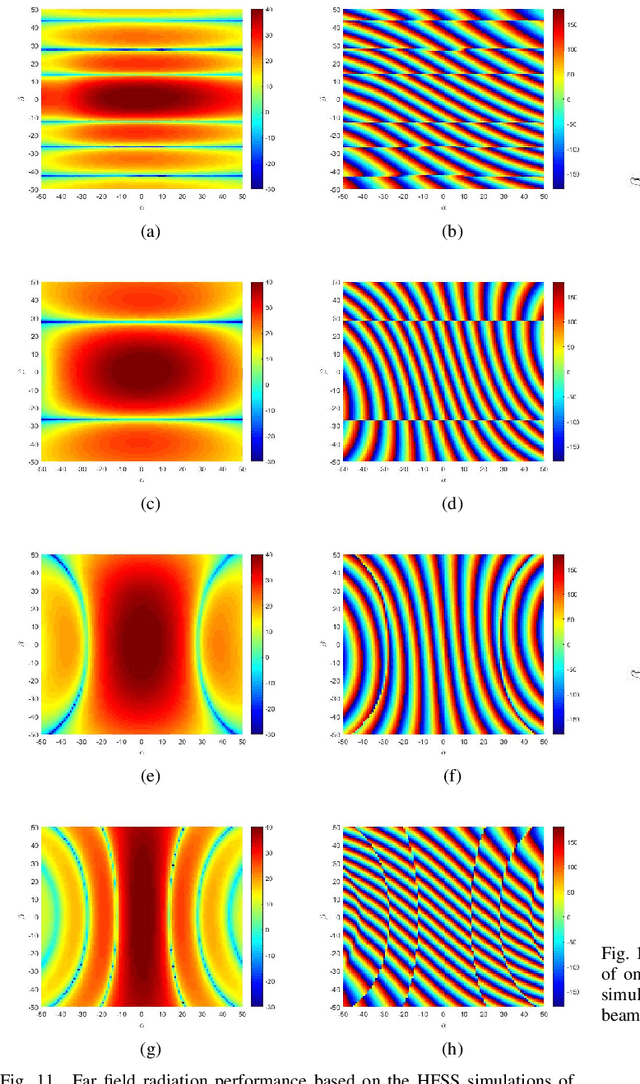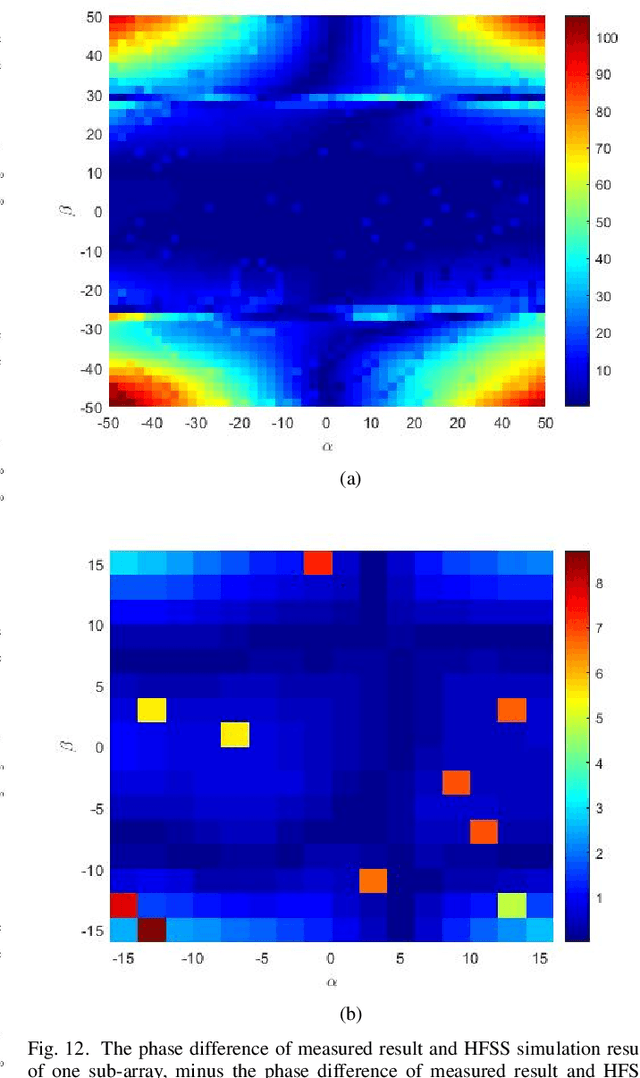Yibo Lyu
Token-level Correlation-guided Compression for Efficient Multimodal Document Understanding
Jul 19, 2024Abstract:Cropping high-resolution document images into multiple sub-images is the most widely used approach for current Multimodal Large Language Models (MLLMs) to do document understanding. Most of current document understanding methods preserve all tokens within sub-images and treat them equally. This neglects their different informativeness and leads to a significant increase in the number of image tokens. To perform a more adaptive and efficient document understanding, we propose Token-level Correlation-guided Compression, a parameter-free and plug-and-play methodology to optimize token processing. Firstly, we propose an innovative approach for assessing the pattern repetitiveness based on the correlation between each patch tokens. This method identifies redundant tokens, allowing for the determination of the sub-image's information density. Secondly, we present a token-level sampling method that efficiently captures the most informative tokens by delving into the correlation between the [CLS] token and patch tokens. By integrating these strategies, we develop a plug-and-play adaptive compressor module that can be seamlessly incorporated into MLLMs utilizing cropping techniques. This module not only enhances the processing speed during training and inference but also maintains comparable performance. We conduct experiments with the SOTA document understanding model mPLUG-DocOwl1.5 and the effectiveness is demonstrated through extensive comparisons with other compression methods.
A Scalable 256-Elements E-Band Phased-Array Transceiver for Broadband Communication
Jun 20, 2021



Abstract:For E-band wireless communications, a high gain steerable antenna with sub-arrays is desired to reduce the implementation complexity. This paper presents an E-band communication link with 256-elements antennas based on 8-elements sub-arrays and four beam-forming chips in silicon germanium (SiGe) bipolar complementary metal-oxide-semiconductor (BiCMOS), which is packaged on a 19-layer low temperature co-fired ceramic (LTCC) substrate. After the design and manufacture of the 256-elements antenna, a fast near-field calibration method is proposed for calibration, where a single near-field measurement is required. Then near-field to far-field (NFFF) transform and far-field to near-field (FFNF) transform are used for the bore-sight calibration. The comparison with high frequency structure simulator (HFSS) is utilized for the non-bore-sight calibration. Verified on the 256-elements antenna, the beam-forming performance measured in the chamber is in good agreement with the simulations. The communication in the office environment is also realized using a fifth generation (5G) new radio (NR) system, whose bandwidth is 400 megahertz (MHz) and waveform format is orthogonal frequency division multiplexing (OFDM) with 120 kilohertz (kHz) sub-carrier spacing.
 Add to Chrome
Add to Chrome Add to Firefox
Add to Firefox Add to Edge
Add to Edge